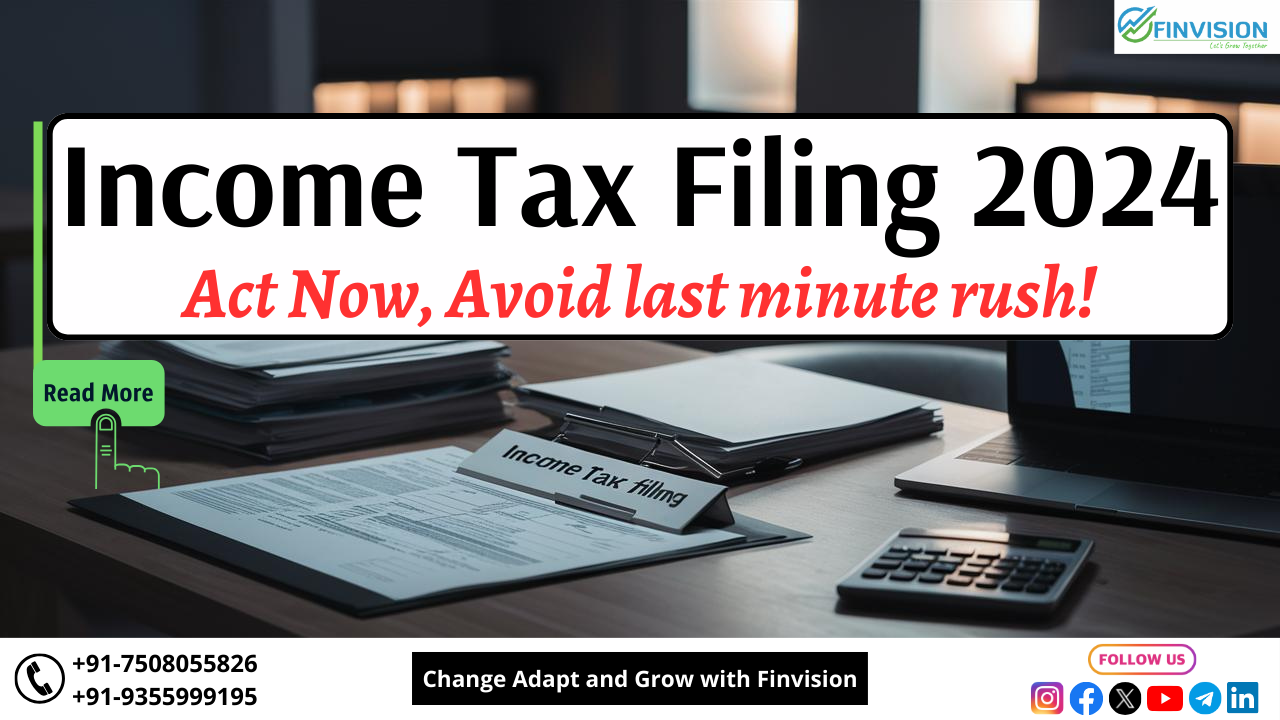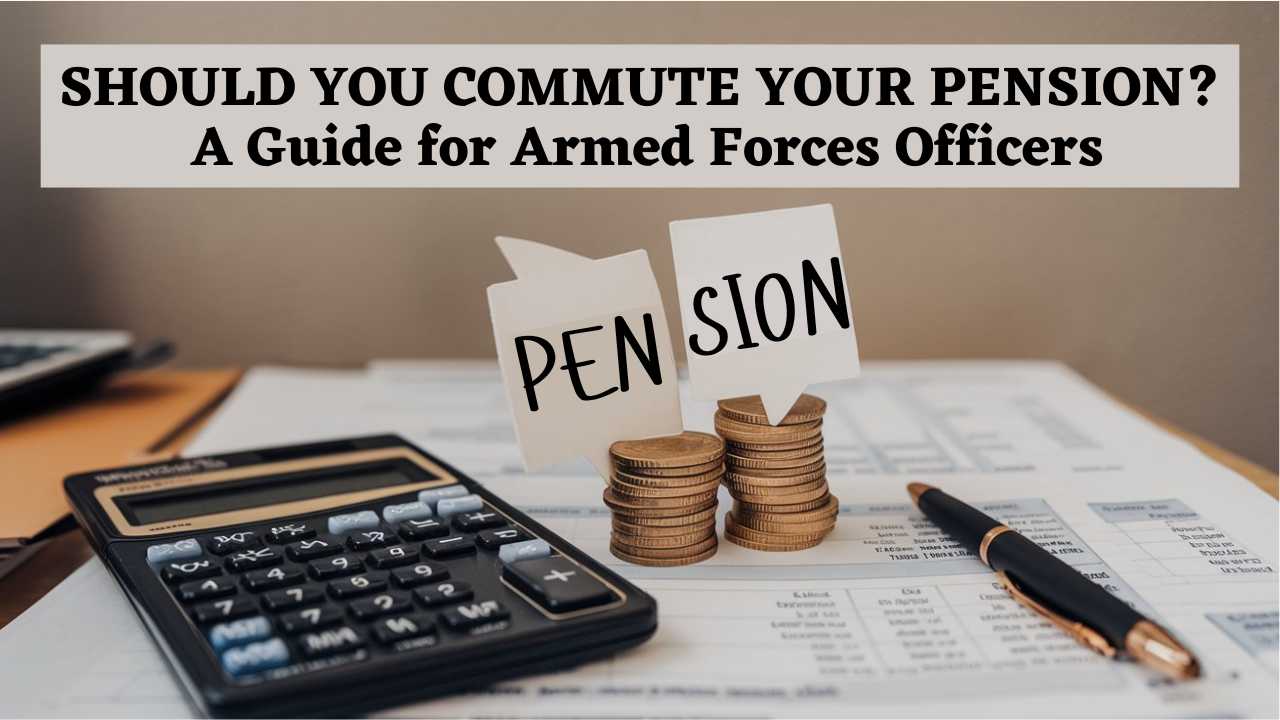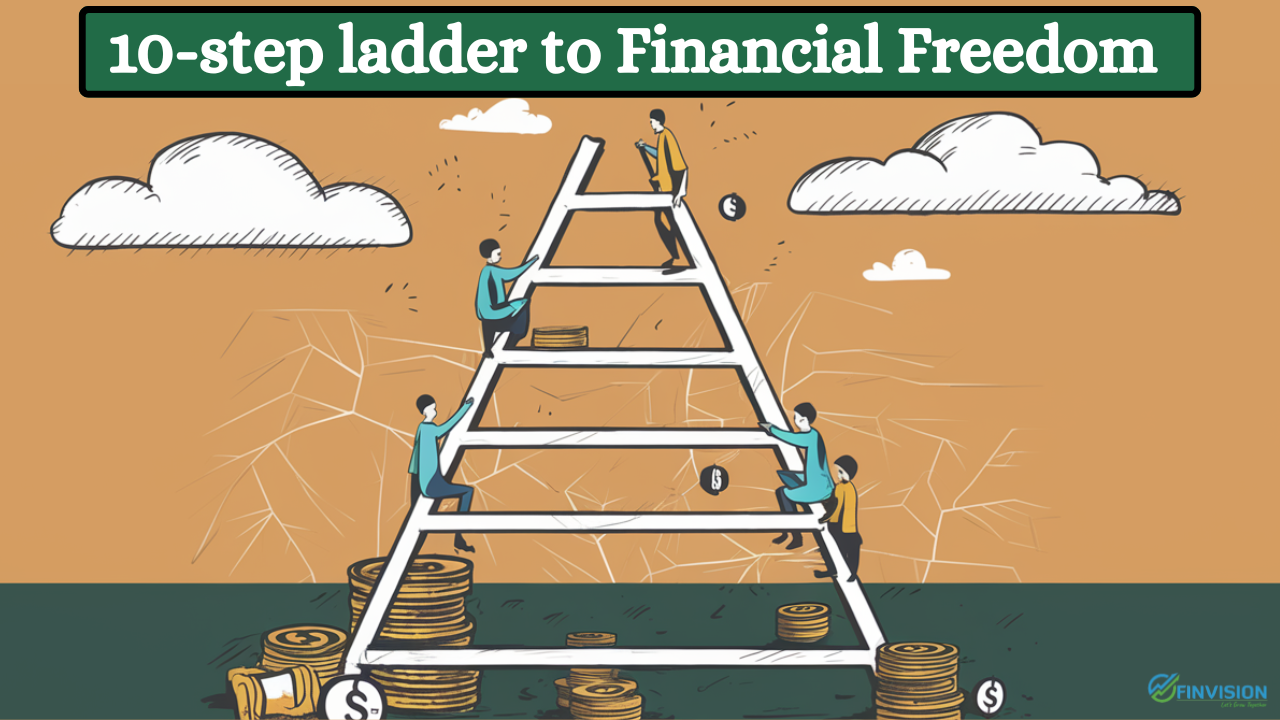If not, it is time you hit the ground running. Deferring it to the last moment could result in a cash crunch. Maximum tax-saving mistakes occur primarily when the investors choose products in haste. In addition to tax saving, these investments should help investors achieve their financial goals.
Here are a few common mistakes that investors must sidestep:
- Not linking Investments to goals: People often choose products like Equity-Linked Savings Schemes (ELSS) based on past returns. Before doing so, the investors should check whether their risk profile, investment horizon, and asset allocation permit them to invest in such a product. If not, they should opt for a fixed-income instrument. Always choose a product that is in sync with your goal and risk profile.
- Not knowing tax implications: Investors need to understand how their returns from tax saving instruments will be taxed. Investors in higher tax brackets may avoid instruments the returns from which are taxed at slab rate. For illustration: Instead of 5-year tax-saving bank FDs, investor’s will be better off contributing to a product like Tax saving MF Scheme (ELSS) or Public Provident Fund (PPF).
- Making last minute investments: Investments for tax saving should be done from the start of the financial year, instead of only in the last quarter. Calculate your tax liability at the beginning of the year and plan your tax-saving investments accordingly. Investing early and regularly not only helps to reduce the burden of investment during bad quarters but also avoids mistakes in selecting the product because of last-minute rush. Investments at the eleventh hour, also deprive the investors of the benefit of rupee-cost averaging. In the past few years, markets have been peeking out in the last quarter of the fiscal year. Thus one will end up buying market-linked investments like ELSS at a higher price.
- Fulfilling liquidity needs: Consider your liquidity needs when selecting a tax-saving investment. Most tax-saving investments have long lock-in periods and can’t be sold easily to generate cash. There are also penalties on early exit. Investing in PPF does not help if you have a short time horizon, given that the total tenure is 15 years and partial withdrawal is permitted only after five years. Similarly, ULIPs come with a five-year lock-in. ELSS has the shortest lock-in of three years.
- Clubbing insurance and investment: Keep your insurance and tax-saving investments apart. Traditional insurance products, which combine both, offer returns that are lower than PPF, NSC, and other small-savings schemes. They also have long tenures, low liquidity and closure penalties.
- Over-diversification: Spreading your investments across time frames and asset classes can help reduce risk and improve liquidity since different instruments mature at various points in time. The same can be used to match with your financial goals, however, too much diversification does not help. As investors can lose track of their portfolio, hence, it is not advisable.











